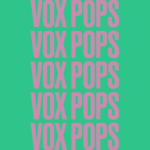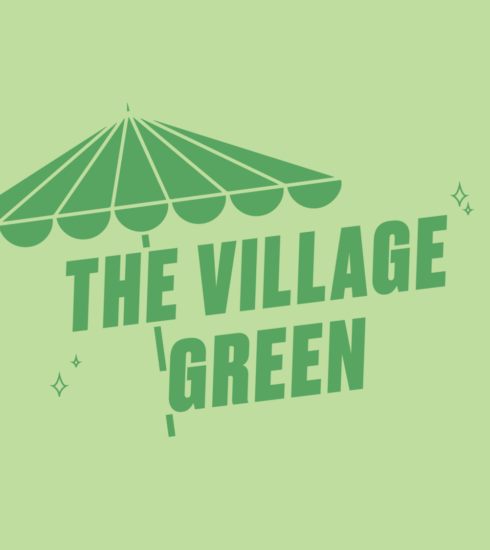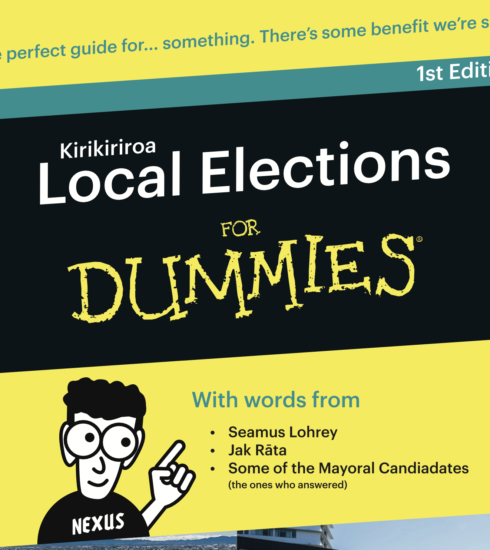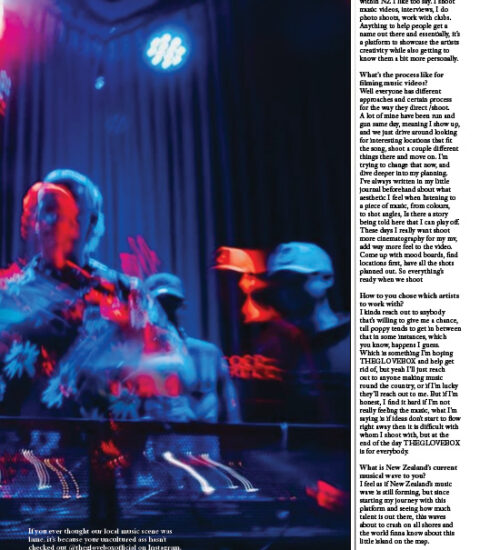LGBT in the Office – Issue 21
Things have been changing for the better for LGBTTQIA+ people over the last couple of decades. But, like a game of candy crush, there’s still a long way to go before we reach the final level. Sure, we have marriage equality, human rights protections, and growing representation in mainstream media, but it’s still one hell of a heteronormative world.
First up, let me hit you with some definitions in case you’re still confused:
L = Lesbian (girls who are attracted to girls)
G = Gay (boys who are attracted to boys – although some girls use this label too)
B = Bisexual/pansexual (people who are attracted to people regardless of gender)
T = Transgender (people whose gender doesn’t match what they were assigned at birth based on their genitals)
T = Takatāpui (all Māori who identify with diverse sexes, genders and sexualities)
Q = Queer (which covers a variety of non cis/het identies) or questioning (for those still exploring their gender and/or sexuality)
I = Intersex (people who have sexual/reproductive organs that don’t fit into just male or female)
A = Asexual (people who are not sexually attracted to anyone, although there are a number of sub-definitions within asexuality)
+ = All gender and sexuality diverse identities not already covered.
For ease of reading, I’ll refer to “The Rainbow Community” to cover the whole acronym.
Day in the Life
Unlike our cisgender, heterosexual counterparts, many people in the rainbow community face daily decisions about whether and how to reveal our gender or sexuality, in a world where it’s assumed you’re straight and use the pronouns assigned to you based on your genitals, until proven otherwise.
Most straight/cis people don’t ever have to “come out” about their gender or sexuality, or justify themselves to dodgy Uncle Roger who assumes “it’s just a phase”. There are no political parties campaigning to stop schools teaching kids about straight people, and no-one tells a cisgender kid they’re too young to know if they’re a boy or a girl.
Straight/cisgender is assumed to be ‘normal’ and everything else is ‘other’. And when rainbow people do choose to reveal our gender or sexual identity, there’s always a low-level chance of violence (physical or emotional) from some slackjawed bigot, particularly for the transgender community.
Rainbow Dollars
Things have definitely improved in recent years, at least at face-value. There are a number of large organisations in Aotearoa who actively promote their commitment to diversity by getting Rainbow Tick accreditation (the value of which is still under debate), promoting and celebrating pride and other rainbow events, representing the rainbow community in their advertising, and actively championing rainbow issues on their social media.
You could argue that this is for financial gain more than genuine altruism, but even that demonstrates that the rainbow community is visible and valued much more than it has been in the past. But while the customer-facing attitudes are painted in rainbows, it doesn’t mean everything is rosy behind the corporate doors.
Passive Discrimination
Even in workplaces or social situations where there’s no intentional discrimination, in the majority of mainstream workplaces, rainbow staff are a minority. Lesbians are regularly asked about their ‘husband’ or gay men about their ‘wife’, or transgender people are misgendered. Every time this happens, we have to make a decision whether to ‘out’ ourselves, yet again.
And there are still some industries where it’s safer to come out than others.
Rainbow Campus
PhD student Juliana Brown’s research is looking at the experience of gender and sexuality diverse staff and students on the University of Waikato campus. Her first report, “University of Waikato campus climate: Experiences of gender, sex and sexuality diverse staff and students” offers a number of ways the experience of working and studying at Waikato could be improved for staff and students. And many of the recommendations could apply to other organisations as well.
Most rainbow people in the study spoke about several basic needs, for example:
– Gender neutral toilet and shower facilities
– Policies that clearly and specifically prevent discrimination on the basis of gender or sexuality identity
– Use of inclusive language in official documents and communications
– Visible examples of rainbow inclusion around the workplace, including a network of staff and students who have undertaken appropriate training
Looking To The future
As we move away from outright discrimination against the rainbow community and towards acceptance and inclusion, the needs and wants of the community are changing. While some people still want rainbow flags and celebratory parades, others would prefer their sexual and gender identity to become something that is no longer unusual.
My son is twelve, and his generation gives me hope for the future of diversity and inclusion. He and his friends can talk about gender and sexuality with knowledge and confidence most people of my generation still can’t. He and his friends create and roleplay online in characters that smash their way out of every binary you can think of. For them, there’s no assumption that anyone is straight or cisgender, and discussing gender and sexuality is less fraught than arguing about Minecraft vs Fortnight.
There are still many battles to be fought, and hyperbole and prejudice are still very prevalent, particularly in relation to transgender youth. But the tide of popular opinion is shifting ever closer to acceptance, and this is reflected by greater (positive) representation of gender diverse people in books, films and television. There are loud and vocal phobes as well (*cough* JK Rowling *cough*) and misinformation and fearmongering, but the more organisations promote visible inclusion, the quieter these voices will become.
And so in this next phase of rainbow inclusion and acceptance, perhaps what we’re really working towards is the “so what?”
Mundanity may seem a strange thing to strive for, but it may be that true
inclusion and acceptance will be one day demonstrated not by celebration and visible inclusion, but instead by a lack of interest in someone’s sexual or gender identity.
After all – there’s room for all shades of humanity in the rainbow.





